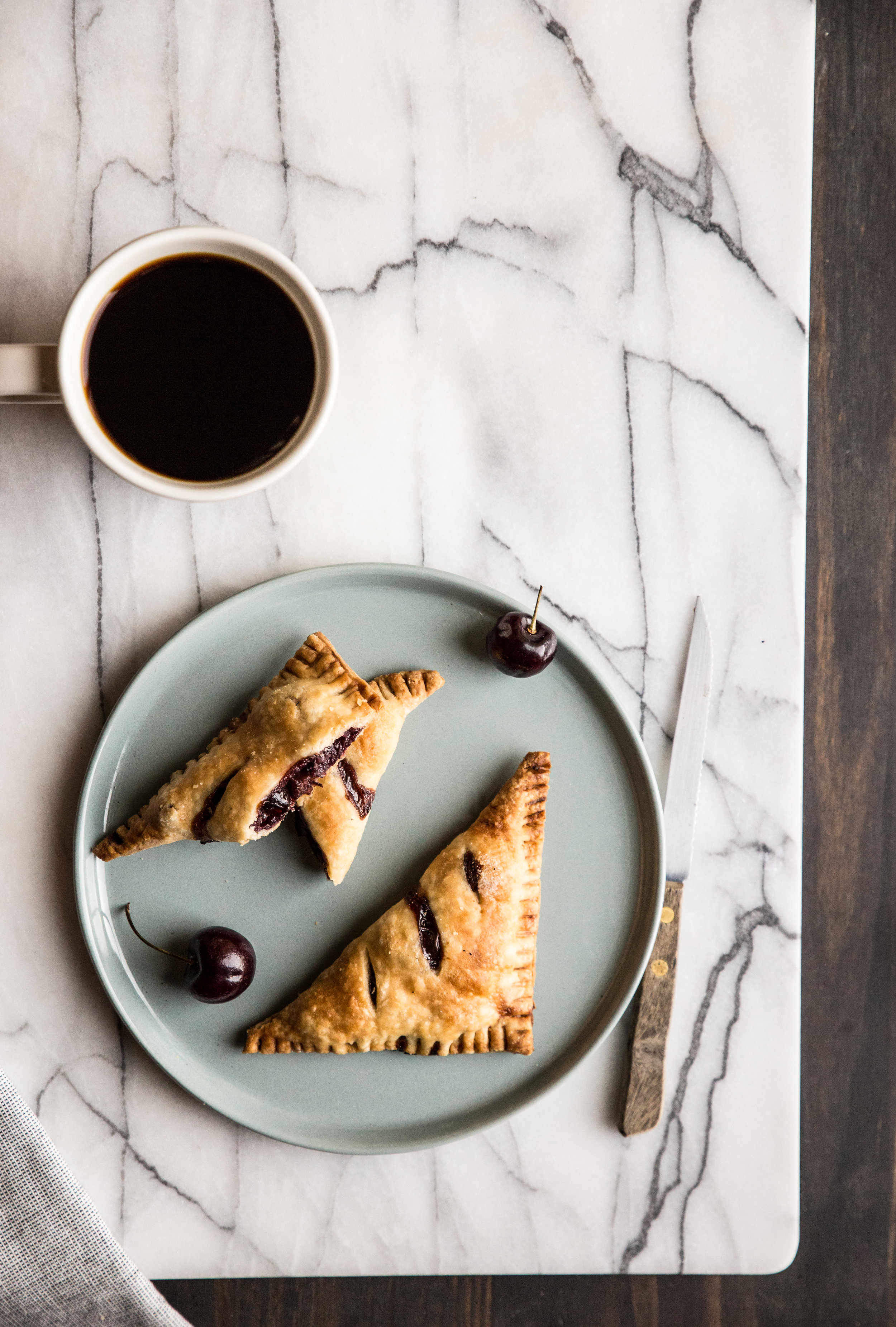Iced Matcha Coconut Latte
/When I moved to Montreal for graduate school shortly after starting this blog, I eased into life there slowly. My program would last two years; there was no rush to see (and eat) everything the city had to offer. I had plenty of time to explore. I stayed close to home, visiting the markets and bakeries lining my walk to the metro station, venturing further only when invited by friends.
When I quit graduate school a few short months later, I scrambled. With a couple weeks left before flying back home, there was not enough time to check everything off the to-do list I had carefully curated. The plates went uneaten. The sights unseen.
I called Montreal my home, but I had missed out on many of the things that made Montreal so unique. As I boarded the plane, I vowed that I would never do this to myself again, whenever and wherever I should move in the future.
Three weeks into my move to the big city, I find myself in the same pattern as in Montreal, a pattern I promised myself I would never fall into again. I unconsciously created a bubble for myself, extending five miles in every direction, where I walk through the mundane activities of everyday life. My mother keeps asking me if I have gone exploring, visited a museum, walked through a park.
Not yet, I reply. I have plenty of time.
On my short drive to the gym this morning, I listened to a segment on the radio about exploring the city you live in as a visitor instead of a resident. Instead of dismissing certain restaurants or neighborhoods as places you can visit any time, it is important to extend the limits of your backyard by making it a point to venture out of that familiar comfort zone.
I moved to the city for the diversity and variety. It is time to leave the bubble and embrace it.
Matcha is an ingredient I have known about for a long time, but never took the time to fully explore. Unlike most tea leaves, matcha is created when the entire green tea leaf is crushed into a fine powder, giving it an intense green tea flavor. It can be used for flavoring in baking, but traditionally it is used to make tea. I may have taken a less traditional route by using the powder to whip up an iced latte, but after looking longingly at my empty glass, I can assure you it was an excellent decision.
Although I have professed myself as an avid black tea fan in the past, I may have to make a little more room in my cupboard for the green.
Iced Matcha Coconut Latte is a treat for the eyes and the tongue. Matcha powder is blended into almond milk, with maple syrup for sweetness, and layered into a glass with thick coconut milk. The matcha and coconut complement each other well, making this latte as distinctive in flavor as it is beautiful.
Matcha should be a vibrant, bright green color when purchasing. Over time, the color will fade into a dark mossy shade. Use within 6-12 months for best results. Matcha can be found in tea shops, some health food stores, and online.
One Year Ago: Salted Chocolate Chunk Cookies
Two Years Ago: Blueberry Braided Bread and Date Flapjacks
Three Years Ago: Maple Roasted Peaches and Rum Raisin Oatmeal Cookies
Four Years Ago: Malted Chocolate Cupcakes, Coconut Pancakes, and Rocky Road Cookies
Five Years Ago: Chocolate Prune Cake
Iced Matcha Coconut Latte
Yields 2 servings (or 1 large)
1/2 cup (120 mL) almond milk (or milk of choice)
1 1/2 teaspoons matcha powder
1 tablespoon maple syrup
1 teaspoon vanilla extract
Large handful of ice
1 cup (250 mL) coconut milk*
Place all ingredients except the coconut milk in a blender and blend until smooth. Divide matcha mixture evenly between two glasses. Pour the coconut milk over the matcha, dividing evenly between glasses. Stir before drinking.
* Full-fat (canned) coconut milk is my personal preference because it is so creamy, but light coconut milk will work as well. Avoid coconut milk from a carton (the milk is too thin to layer).
























